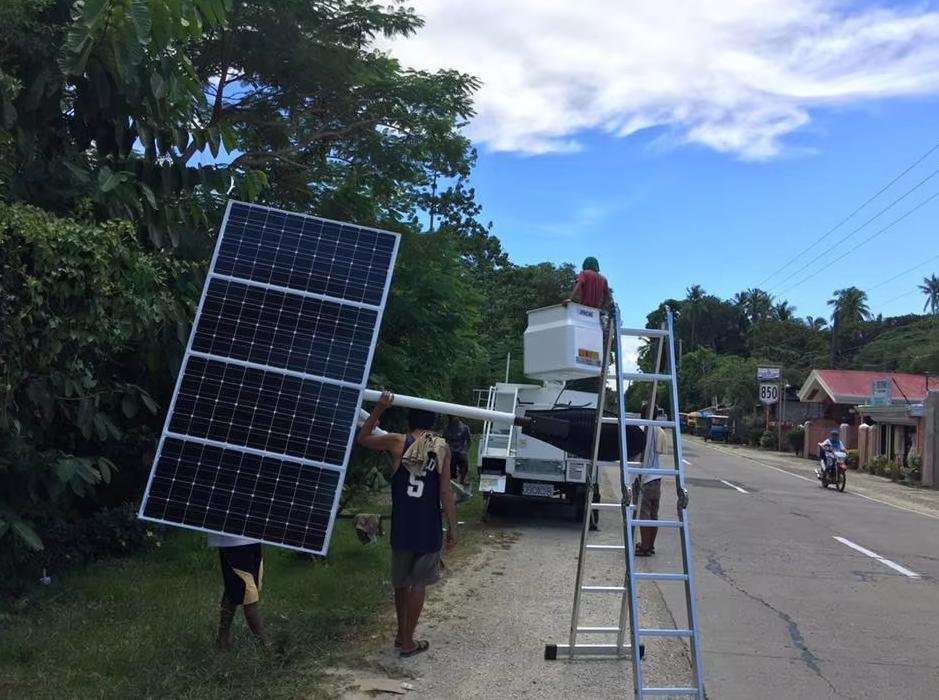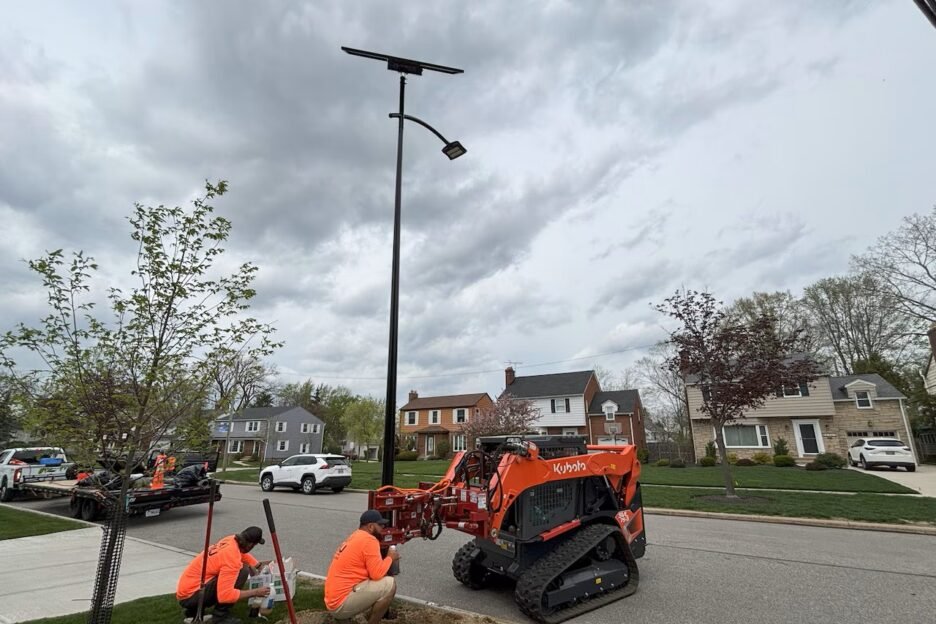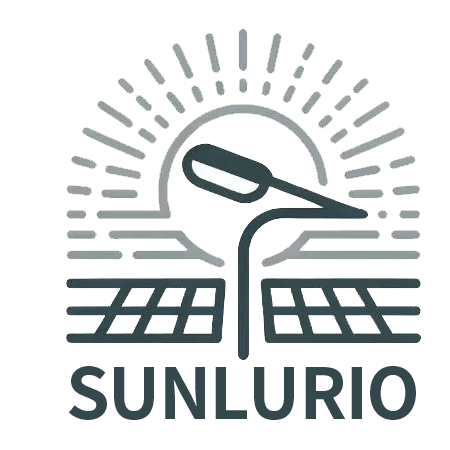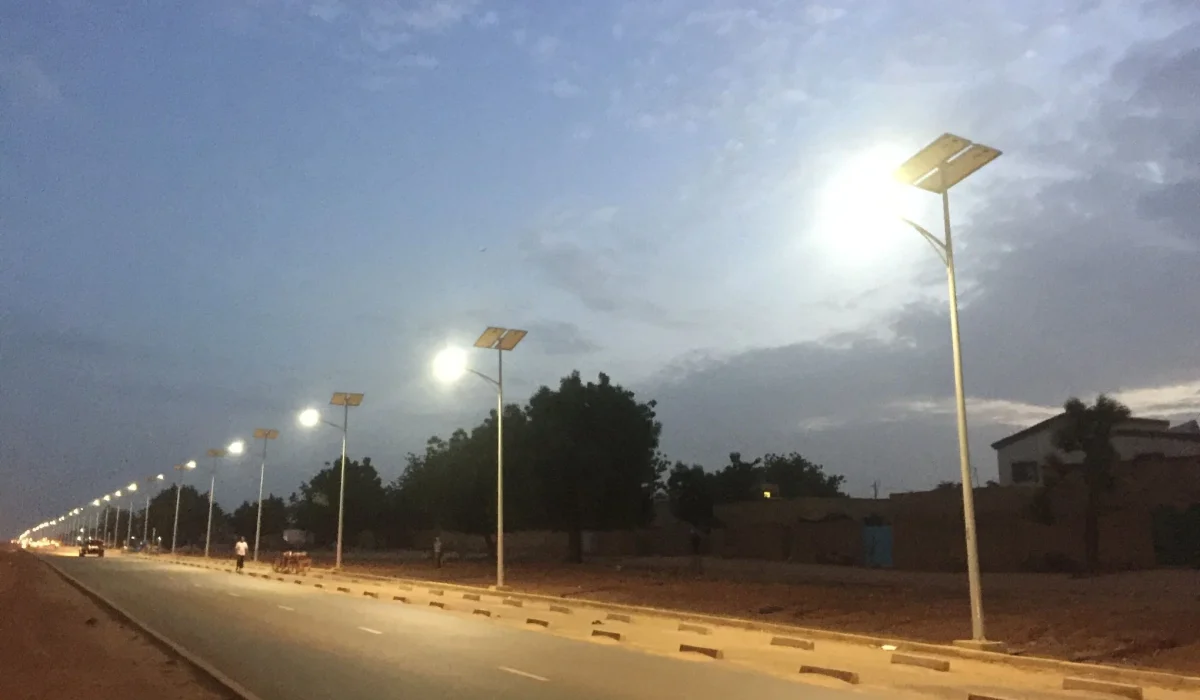1. A Simple Story: The Night My Garden Went Dark
Last month, a client from Kisumu called me about her garden lights. “They just died overnight,” she said. I laughed, because I’d been there myself — one rainy evening, my own backyard looked like a blackout zone. After poking around for half an hour, the “problem” turned out to be a dead pair of AA NiMH batteries.
That small moment reminded me how most solar light problems aren’t disasters — just small oversights. So before you buy replacements, it’s worth checking what’s really going on.
Solar lights are brilliant for their simplicity — no wiring, no power bills — but even the smartest ones depend on clean panels, healthy batteries, and a bit of sun discipline. Let’s go through the most common issues and what’s actually worked for me in the field.
2. Why Solar Lights Stop Working (From Real-World Cases)

After maintaining hundreds of lights — from garden fixtures to 30 W pole systems — I’ve found that 90% of failures fall into a handful of causes.
1. Poor Sunlight Exposure
Half the lights I inspect are shaded by roofs or tree branches. If the panel doesn’t get 6–8 hours of daylight, the battery never fully charges.
Real-world insight: Even partial shade can cut runtime by half. I once moved a client’s driveway lights just one meter forward, and they suddenly ran all night again.
2. Dusty or Damaged Panels
Panels covered in dust, bird droppings, or fine coastal salt can’t absorb sunlight. A quick wash with mild soap and a soft cloth often revives them instantly.
Pro tip: In coastal towns like Mombasa, I recommend cleaning panels every two weeks — salty air settles faster than you think.
3. Old Batteries
Rechargeable batteries wear out after a year or two. When voltage drops, the controller cuts off early to prevent deep discharge. Replacing them with new NiMH or Li-ion cells almost always fixes the “dim light” problem.
What I learned: Don’t mix old and new batteries — it shortens lifespan and confuses the charging circuit.
4. Loose Wiring or LED Failure
Sometimes it’s physical. Corroded terminals or slightly detached wires can break the circuit. I once spent an hour checking everything before realizing a single connector had rusted loose.
5. Confused Sensors
If the sensor faces a porch light or streetlamp, it may think it’s “daytime” and refuse to turn on. Wipe the lens and try repositioning — it often works instantly.
6. Weather Damage
After heavy rain, condensation inside the casing can short the controller. When that happens, open the housing, dry it in the sun, and reseal with a small bead of silicone.
Outdoor lights are tough, but they’re not indestructible — especially after a few years of UV exposure.
3. Fixing Solar Lights: A Step-by-Step Walkthrough
These are the same steps I follow during maintenance visits. Most repairs take 10–15 minutes and no special tools.
Step 1. Check and Clean the Panel
Remove dust, pollen, or film buildup. You’ll often notice a brightness boost the same evening.
From my tests: Cleaning alone can improve charging efficiency by roughly one-third under clear skies.
Step 2. Open the Battery Compartment
Look for rust, leakage, or moisture. Replace batteries every 12–18 months — they’re the most common failure point.
Step 3. Inspect LEDs and Wires
Test in a dark room or cover the panel. If some LEDs stay off, swap them or tighten wiring terminals.
Step 4. Reset the System
Turn off the light, remove the batteries, wait a few minutes, then reinstall and turn back on.
I’ve seen this simple “reboot” fix dozens of supposedly dead units — especially models with microcontrollers.
Step 5. Reposition or Relocate
If you notice short runtime after all checks, try moving the panel to a sunnier angle or spot. In rainy seasons, even a 10° tilt change can help drainage and exposure.
4. How to Reset Outdoor Solar Lights (Quick Answer)
To reset most solar lights:
- Turn the power switch off.
- Remove or disconnect the batteries or panel plug.
- Wait 2–5 minutes to discharge internal circuits.
- Reinsert batteries correctly.
- Turn the light back on and test at dusk.
That’s it. If it still fails, replace the batteries — they’re cheap and usually the hidden culprit.
5. Making Solar Lights Work Better (Lessons Learned)

Get More Sun
Place lights where they face direct sun for most of the day. East-facing walls work better than shaded corners.
Use Better Batteries
Invest in branded NiMH or Li-ion cells — cheap ones degrade fast in heat. I use Panasonic Eneloop or local equivalents when available.
Protect Against Water
Seal joints with silicone, especially near the switch and battery case. A few drops of moisture can corrode everything within weeks.
Trim and Clean Regularly
Leaves and dust build up faster than you think. Clean panels once a month and trim nearby plants.
Consider an Upgrade
If your units are over five years old, newer ones with motion sensors or larger 18650 batteries can double runtime and brightness.
Small upgrades can make a big difference — sometimes adding months of reliable light.
6. Preventive Maintenance: The 5-Minute Routine
Here’s the simple quarterly routine I give to my clients:
- Wipe each panel with a damp cloth.
- Check batteries with a basic multimeter (should hold 1.2 V +).
- Inspect LED brightness — dim ones often hint at low voltage.
- Make sure sensors face open space, not walls or streetlights.
- During long wet seasons, store removable units indoors.
Consistency is key. A five-minute check every few months beats a full replacement every year.
7. Final Thoughts (and a Personal Note)

After years of maintaining solar systems across East and West Africa, I’ve learned that most “broken” lights aren’t really broken. They just need attention — sunlight, clean panels, and fresh batteries.
It’s oddly satisfying to see a dead light glow again after a simple reset. So the next time your garden or driveway goes dark, don’t give up too soon. Try cleaning, checking, and resetting first — you might just save yourself the cost of a new unit.
Figures and insights above are based on real tests and field observations under typical outdoor conditions.
— Yori Wang, Project & Sales Manager, Sunlurio


